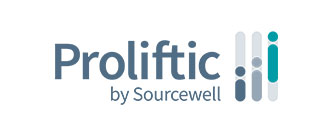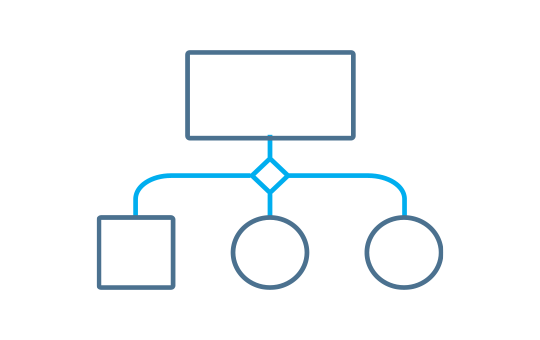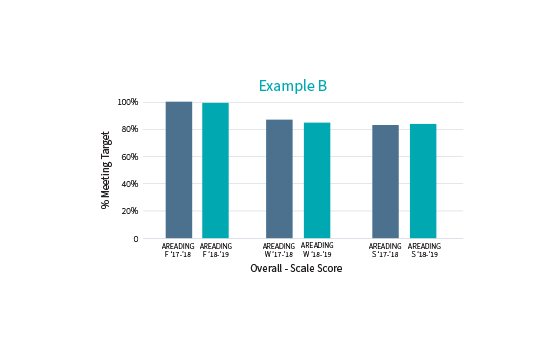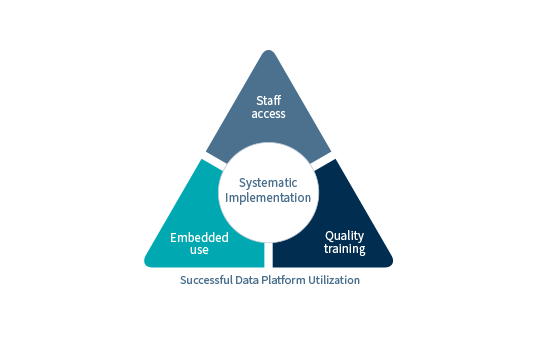Maximize your district’s data: Essential elements & best practices for quality MTSS
Over the past two decades, Multi-Tiered System of Support (MTSS) and Response to Intervention (RTI) have emerged as a framework to improve outcomes for all students. By utilizing a data-based, decision-making model, educators are better equipped to match student needs.

A recent meta analysis indicated that an RTI framework, implemented with fidelity, has an effect size of 1.09. This is equivalent to having learning rates accelerated by two to three years.* Given the exceptional promise of positive student impact from this framework, many districts are eager to adopt these research-supported practices. However, schools are complex organizations. It can feel daunting to achieve high-quality implementation by all stakeholders needed to attain desired results.
In this resource, we offer insights and practical examples of best-practice implementation and highlight the ways districts can utilize a data-management platform to help drive continuous improvement.

Conclusion
Essential elements of quality MTSS
While there are many other quality practices for education, these are three essential best practices:
-
Effective aggregation and availability of data across domains to promote its use for critical decision-making
-
Asking the right questions to drive data inquiry so that effective decisions can be made
-
Focusing on high-quality implementation so that all stakeholders have the knowledge, skills, and resources they need to embed MTSS practices into their everyday work

These practices transcend school demographics or format. Whether your school is small, rural, and serves young children in a face-to-face format, or is a large, urban high school that delivers content online, these best practices are both relevant and necessary for quality MTSS implementation.
Particularly as systems are making transitions in programming or format, these same quality practices will help ensure a well-informed evolution and provide essential information about the impact on student outcomes of the implemented change.
* Hattie, J. (2012). Visible learning for teachers: Maximizing impact on learning. Routledge



